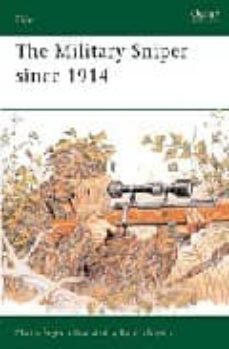Imprescindibles
Ficción
No Ficción
Ciencias y tecnología BiologíaCienciasCiencias naturalesDivulgación científicaInformáticaIngenieríaMatemáticasMedicinaSalud y dietas Filología BiblioteconomíaEstudios filológicosEstudios lingüísticosEstudios literariosHistoria y crítica de la Literatura
Humanidades Autoayuda y espiritualidadCiencias humanasDerechoEconomía y EmpresaPsicología y PedagogíaFilosofíaSociología Historia ArqueologíaBiografíasHistoria de EspañaHistoria UniversalHistoria por países
Infantil
Juvenil
Cómic y manga
Novela gráfica Novela gráfica americanaNovela gráfica europeaNovela gráfica de otros países Personajes, series y sagas Series y sagasStar Wars Superhéroes Cómics DCCómics MarvelCómics otros superhéroesCómics Valiant
eBooks
Literatura ContemporáneaNarrativa fantásticaNovela de ciencia ficciónNovela de terrorNovela históricaNovela negraNovela romántica y erótica Juvenil Más de 13 añosMás de 15 años Infantil eBooks infantiles
Humanidades Autoayuda y espiritualidadCiencias humanasEconomía y EmpresaPsicología y PedagogíaFilosofía Historia Historia de EspañaHistoria Universal Arte CineMúsicaHistoria del arte
Ciencia y tecnología Ciencias naturalesDivulgación científicaMedicinaSalud y dietas Filología Estudios lingüísticosEstudios literariosHistoria y crítica de la Literatura Estilo de vida CocinaGuías de viajeOcio y deportes
MARTIN PEGLER
Recibe novedades de MARTIN PEGLER directamente en tu email
Filtros
Del 1 al 2 de 2
OSPREY PUBLISHING 9781841768540
From the American War of Independence to World War II, the history of the military combat marksman is one of indifference and cost cutting. Despite the proven effectiveness of the rifleman in battle, for most of the 20th century snipers were regarded as little more than paid assassins. It was not until the Vietnam War that the undeniable effectiveness of the sniper was fully appreciated by the military, and with the advent of the 21st century, the sniper has become one of the most vital battlefield specialists. Illustrated throughout with colour and black and white photographs, this chronological study of snipers details their evolution, training, weaponry and tactics. It also includes material from the author's first hand interviews with the veteran snipers whose skills and extraordinary courage have made them the most greatly feared specialists in warfare.
Ver más
Tapa dura
OSPREY PUBLISHING 9781841761411
It was only in World War I that the combination of high quality service rifles and new telescopic sights brought the true 'sniper' to the battlefield as a distinct specialist. By 1918 the scout-sniper's value as an observer and gatherer of intelligence was as important as his lethal skills, but these were disregarded in the interwar years. From 1939-45 most armies had to train and equip snipers from scratch, but they were to play a major role in all theatres of war. Famously, on the Russian Front it was a role in which women excelled. This title recounts the development of weapons, sights, tactics and clothing in all the major armies, from Flanders to the Gulf.
Ver más
Tapa blanda
Del 1 al 2 de 2



























